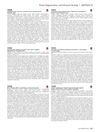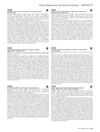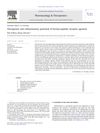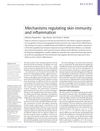Neutralizing Alpha-Toxin Accelerates Healing of Staphylococcus Aureus-Infected Wounds in Normal and Diabetic Mice
April 2018
in “
Journal of Investigative Dermatology
”
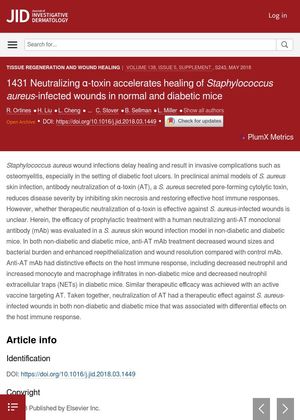
TLDR Blocking α-toxin helps heal Staphylococcus aureus-infected wounds faster in both normal and diabetic mice, with different effects on their immune responses.
Five years ago, a study was conducted on Staphylococcus aureus-infected wounds in both non-diabetic and diabetic mice. The study found that the use of a human neutralizing anti-α-toxin monoclonal antibody (anti-AT mAb) decreased wound sizes and bacterial burden, and enhanced wound healing and resolution compared to a control mAb. This treatment also had distinctive effects on the host immune response, including decreased neutrophil and increased monocyte and macrophage infiltrates in non-diabetic mice, and decreased neutrophil extracellular traps (NETs) in diabetic mice. The study concluded that neutralizing α-toxin had a therapeutic effect against S. aureus-infected wounds in both non-diabetic and diabetic mice, with differential effects on the host immune response. Similar therapeutic efficacy was achieved with an active vaccine targeting α-toxin.
